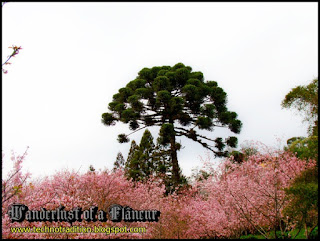Anti-Left Protests in Pindamonhangaba, São Paulo
On the 16th of August, 2015, a protest was set to happen throughout Brazil. Those manifestations had an anti-socialist and anti-corruption direction and many people among the protests aimed to the impeachment of the president of Brazil Dilma Rouseff (Workers Party - Center/Left) and other even claimed a Military intervention in the country. What is the most interesting in all this? When the world was fearing the ascension of communism, some socialist groups started to be formed in Brazil, they were extreme and violent and apart of this fact, the president João Goulart had left tendencies. So the Military took the power with the Revolução de 64 as a temporary measure until the country was unstable. They were harsh and persecuted every lefty who wanted everything for free. It's because of this harshness that the generations from 70's on have left-tendencies naturally inserted in their brains, because "the evil conservative and right-wing military people can never get back to power, the USA is the enemy and the solution is latin-american socialism and anti-traditionalism". But truth prevails and time will show it. In 2003 Luís Inácio Lula da Silva (Lula) of the Workrs Party became president, so those fool young people thought "Finally a socialist president who came straight from poor folk". He got involved in stupendous cases of corruption and his cultural-marxism and populist measures took place, after his mandate was over, Dilma, the current president indicated by Lula, got elected. Elected by whom? Simple: The poor people who received the populist program Bolsa Família voted for the Workers Party, as the graphic below shows:
But when Dilma Rouseff won for a second time mandate (after the two first mandates of Lula), people got furious and started a series of protests and since the first cases of corruption of this left-party Brazilian people started to wake up about what is left-politics and many critics started to pop up everywhere. Nowadays the conservatives, extreme right-wing and economically liberals are bigger than never but the pity is that there is no right wing party to represent them since after the exit of the Military from power, Brazil had practically only left parties on the run. This protest on the 16th of August was one of the biggest anti-left protests of the last 3 decades in Brazil.
The Brazilian Monarchists were present on the manifestation (source)
The separatists from São Paulo are always presents on those manifestations (source)
The march that supported the Military in 1964 (Marcha da Família Com Deus Pela Liberdade)

























































